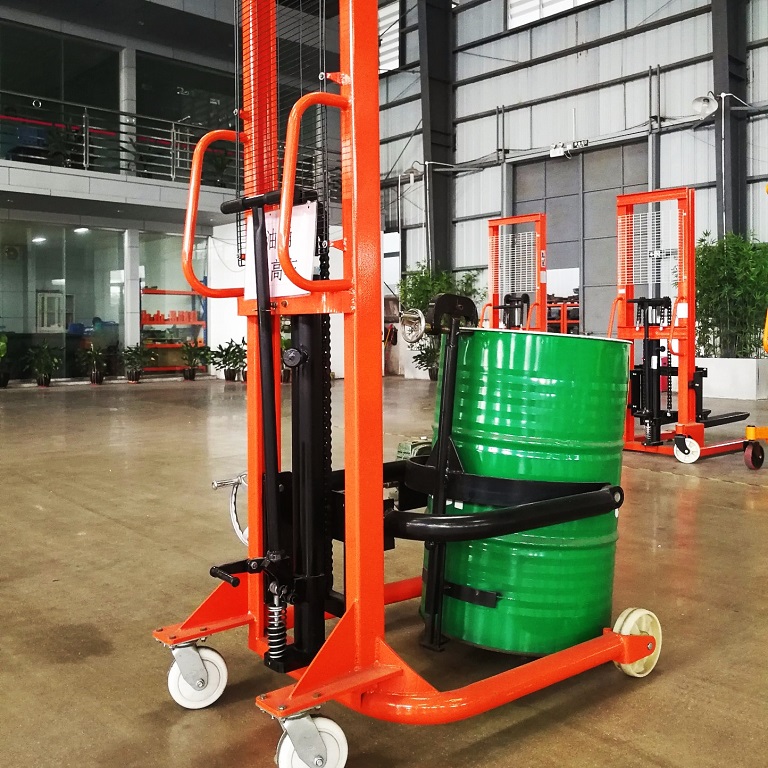If you’re a third-party logistics business manager who deals with liquids on daily basis, then you probably understand the dangers that can arise from wrongly handling a full 55 gallon drum, which can weigh up to 2000 pounds. The last thing you want is your employees being hurt, and spilling the contents of toxic chemicals can become a serious hazard. Some people use forklifts to “safely” move the heavy drums, some roll them on the bottom rim of the drum, while others roll them across the floor.
All of this can be practical, but very dangerous and inefficient when compared to using special drum handling equipment Australia safety experts advise. The first thing companies that deal with drums need to do is advise their employees on safety and preventive procedures when handling drums. All drums should be properly marked with the Material Safety Data Sheet which showcases the level of danger the drum can cause to the people handling it.

Moreover, these employees need to wear proper clothing and protective gear which includes gloves, steel toed boots and safety goggles. Additionally, the facilities should always be properly lighted, and there should be adequate space to store and move the drums. Ergonomic drum handling equipment Australia experts also deem mandatory, as per OSHA requirements. Lastly, conducting proper training for all handlers is also a great way to help avoid injuries and accidents in the workplace.
That being said, all drums should be moved using proper drum-handling equipment, such as forklift attachments, below hook drum lifters, drum mixers and drum trucks. Only then will you have an ideal working environment that minimises, if not completely eliminates, the chance of contamination or spills. Frequently checking the bungs and lids of the drums can also help, and if any are missing, replace them as soon as possible.
Most drum handling equipment is pretty straightforward to buy. Drum trucks are used for safely and conveniently moving drums. Drum mixers are used to mix drum contents, and they’re found in three basic types: portable, stationary and hydra-lift. The one best for you will depend on your requirements, such as whether you need to move the mixer, and whether you have a hydraulic system. Below-hood drum lifters are used to help lift the drums with a crane or a forklift. Some models come as lift and pour in order to make work easier, while others don’t pour. Note that most pieces of equipment have weight limits, which you should pay attention to in order to avoid mishaps.

